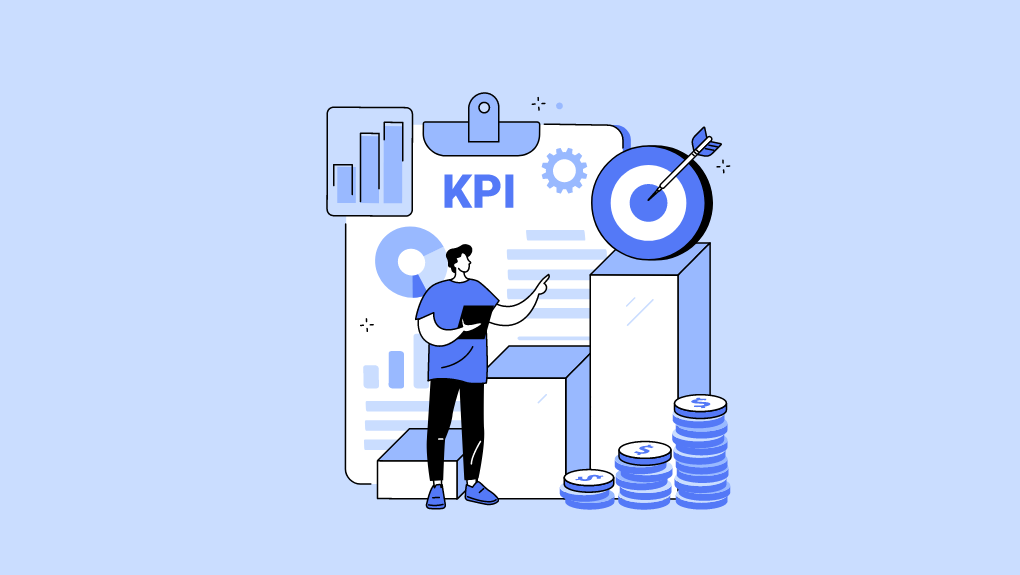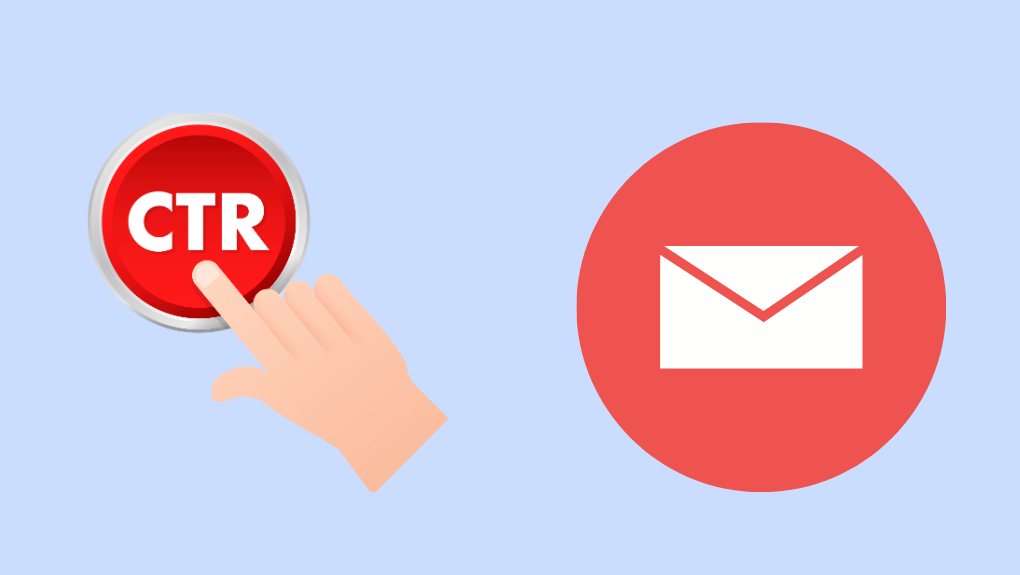Email Evaluation Essentials: Key KPIs for Measuring Effectiveness!
When approached with the "set it and forget it" philosophy, email marketing never succeeds. Consider your procedure to be a lab. Email Evaluation Essentials: You must constantly analyze your outcomes to determine what is working and what needs to be improved, driving growth through key KPIs.
Determining the appropriate KPIs is always based on the type of your business. Selling trainers to anyone who wants them versus corporate software to executive buyers will have very different effects on what "success" looks like.
Additionally, the fast shift to customers who are digital first has added additional complexity to this already complex process. For instance, it is now challenging to reliably assess open rates due to changes to privacy regulations, such as Apple's mail privacy restrictions.
In the ever-evolving landscape of digital marketing, email remains a cornerstone for businesses to connect with their audience, nurture leads, and drive conversions.
However, the success of your email campaigns goes beyond the mere act of sending messages. To truly gauge the effectiveness of your marketing emails, you need to delve into key performance indicators (KPIs) that provide insights into engagement, conversion rates, and overall impact.
What is a KPI?

KPI stands for "Key Performance Indicator." It is a measurable metric or data point that is used to evaluate the performance and success of a specific activity, process, project, or organization. KPIs are used to track progress toward achieving goals, monitor performance, and make informed decisions based on quantifiable data.
In various contexts, KPIs help businesses and individuals assess the effectiveness and efficiency of their efforts.
For instance, in marketing, KPIs can measure the success of campaigns, such as conversion rates, click-through rates, and customer acquisition costs. In sales, KPIs might include metrics like revenue, customer acquisition, and sales pipeline growth.
KPIs, including Email Evaluation Essentials, provide a clear and objective way to measure performance, allowing stakeholders to identify strengths, weaknesses, trends, and areas for improvement.
By setting and monitoring relevant KPIs, organizations can make strategic adjustments and optimize their strategies to achieve their objectives more effectively.
All these metrics are usually delivered in email marketing reports, which present them in handy and clear ways.
In this comprehensive guide, we'll explore 10 essential KPIs that can help you measure the effectiveness of your marketing emails and make data-driven improvements to your campaigns.
1. Open Rate

The open rate is a fundamental KPI that measures the percentage of recipients who open your email. It indicates the effectiveness of your subject lines, sender name, and overall email presentation. A higher open rate suggests that your emails are capturing recipients' attention and enticing them to explore your content further.
2. Click-Through Rate (CTR)

The click-through rate measures the percentage of recipients who clicked on at least one link within your email. It provides insights into the relevancy and attractiveness of your email content and the effectiveness of your call-to-action (CTA). A higher CTR indicates that your email successfully motivated recipients to take action.
3. Conversion Rate

The conversion rate is a critical KPI that measures the percentage of recipients who completed a desired action after clicking on a link within your email. This action could be making a purchase, signing up for a webinar, or downloading a resource.
A high conversion rate signifies that your email not only captured recipients' interest but also successfully guided them towards a valuable outcome.
4. Bounce Rate

The bounce rate indicates the percentage of emails that were not successfully delivered to recipients' inboxes. Bounces can be categorized as "hard" (permanent) or "soft" (temporary).
A high bounce rate may indicate issues with your email list quality, sender reputation, or email content. A crucial step in mitigating a high bounce rate involves refining your sending practices to boost email deliverability rates.
Utilizing reliable email delivery services ensures your messages reach their intended inbox, enhancing overall campaign efficacy.
5. Unsubscribe Rate

The unsubscribe rate measures the percentage of recipients who opt out of receiving future emails from your campaigns. While some unsubscribes are natural, a consistently high unsubscribe rate may indicate that your content or frequency is not aligning with your subscribers' preferences.
6. List Growth Rate

list growth rate quantifies the rate at which your email list is expanding. A healthy list growth rate suggests that your email campaigns are attracting new subscribers and maintaining engagement with existing ones. Factors influencing list growth include sign-up forms, lead magnets, and content relevance.
7. Engagement Rate

The engagement rate provides an overview of how actively your recipients are interacting with your emails. It considers factors such as opens, clicks, shares, and social interactions. A high engagement rate signifies that your emails are resonating with your audience and sparking meaningful interactions.
8. Device and Client Open Rates

Monitoring the devices and email clients used by recipients to open your emails can offer insights into your audience's preferences and behaviors. This information helps you optimize your email design and ensure a seamless experience across various platforms.
9. Revenue Attribution

Tracking the revenue generated from your email campaigns allows you to directly attribute sales to your email efforts. By linking conversions and purchases to specific emails or campaigns, you can gauge the monetary impact of your email marketing activities.
10. Return on Investment (ROI)

ROI measures the financial return gained from your email marketing campaigns compared to the costs involved. It takes into account factors such as revenue generated, campaign expenses, and overall engagement.
A positive ROI indicates that your email marketing efforts are yielding tangible financial benefits for your business.
Final Thoughts
Marketing emails serve as a potent tool for connecting with your audience and driving business growth. By closely monitoring and analyzing these 10 key performance indicators, you can gain valuable insights into the effectiveness of your email campaigns.
Remember that successful email marketing is an ongoing process of testing, optimizing, and adapting to the evolving needs and preferences of your audience.
Embrace a data-driven approach, and use these KPIs as guideposts to refine your strategies, enhance engagement, and maximize the impact of your marketing emails.







